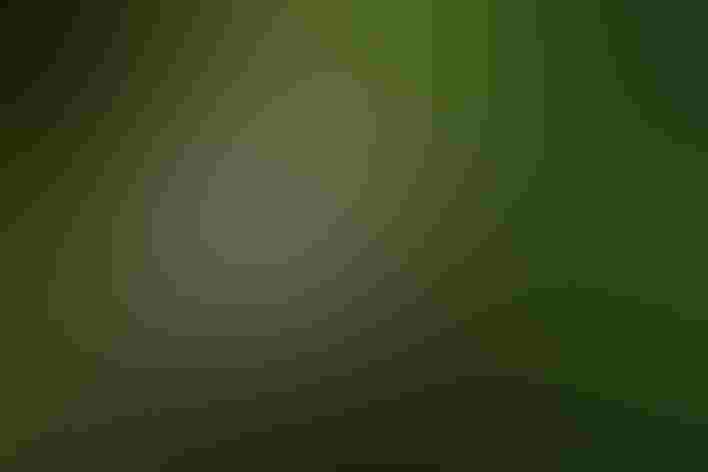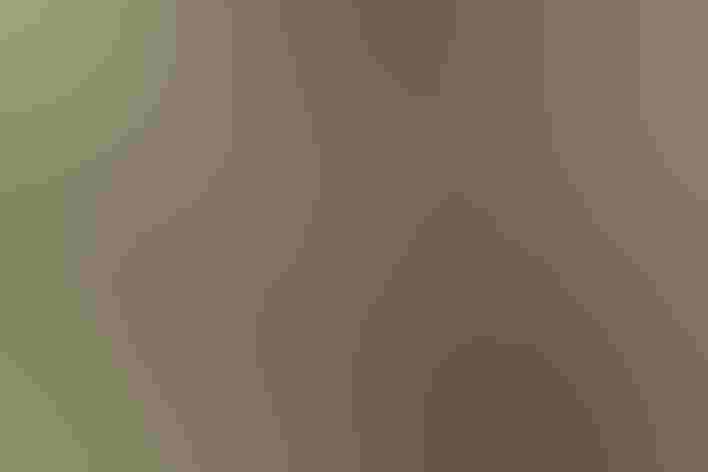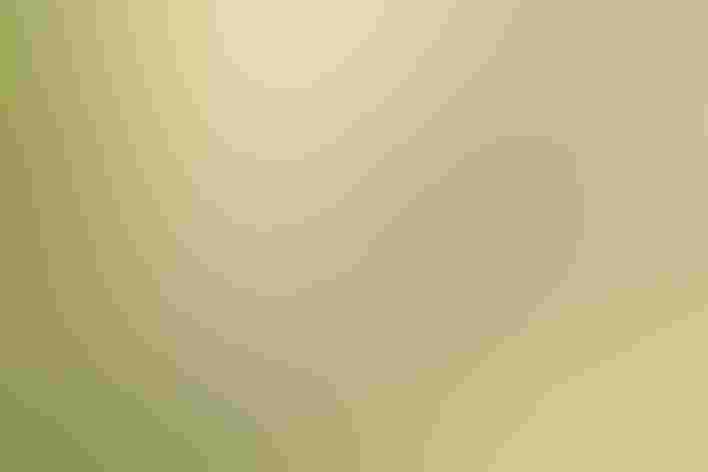Pygmy Nuthatch
At a Glance
An acrobatic little bird of western pine forests, most likely to be seen in small, talkative flocks, clambering over the highest twigs, cones, and needle clusters of the tall pines. Sociable at all seasons, Pygmy Nuthatches spend the winter foraging in flocks of five to 15 birds, all roosting together at night in one cavity. Even when nesting, a pair may have as many as three additional 'helpers' bringing food to the young.
All bird guide text and rangemaps adapted from by Kenn Kaufman© 1996, used by permission of Houghton Mifflin Harcourt Publishing Company. All rights reserved.
Category
Nuthatches, Tree-clinging Birds
IUCN Status
Least Concern
Habitat
Arroyos and Canyons, Forests and Woodlands, High Mountains
Region
California, Northwest, Plains, Rocky Mountains, Southwest, Texas, Western Canada
Behavior
Flitter, Undulating
Population
3.300.000
Range & Identification
Migration & Range Maps
Mostly a permanent resident. In years with poor cone crops, mountain birds sometimes wander to lowlands, and very rarely move far out onto plains.
Description
3 3/4-4 1/2" (10-11 cm). Gray-brown cap down to eye, pale below, gray back, white spot on nape. In southeast, replaced by Brown-headed Nuthatch.
Size
About the size of a Sparrow
Color
Brown, Gray, Tan, White
Wing Shape
Rounded
Tail Shape
Rounded, Short, Square-tipped
Songs and Calls
A monotonous peep, peep-peep.
Call Pattern
Falling, Flat
Call Type
Chirp/Chip
Habitat
Yellow pines, other pines, Douglas fir. Yellow pine (the commercial name for ponderosa and Jeffrey pines) is main habitat element throughout mountains of west; also occurs in Monterey pine on California coast. In some places extends into pinyon-juniper woodland and redwood canyons. On rare visits to lowlands, likely to be in planted conifers.
Sign up for ³Ô¹ÏºÚÁÏ's newsletter to learn more about birds like the Pygmy Nuthatch
Behavior
Eggs
Usually 6-8, rarely 4-9. White, lightly dotted with reddish-brown. Female incubates (15-16 days), is fed on nest by male and sometimes by additional helpers.
Young
Are fed by both parents and often by helpers. Young leave the nest at about 20-22 days. 1 brood per year, occasionally 2.
Feeding Behavior
Forages mainly on outermost and highest branches of pines, including cones and needle clusters; also on main branches and trunks. Sometimes sallies out to catch flying insects in the air. Often stores seeds in holes or crevices in bark.
Diet
Mostly insects and seeds. Diet in summer is primarily insects, especially beetles, wasps, caterpillars, and true bugs, also many others. In winter, also eats many seeds, especially pine seeds. Nestlings are fed mostly insects.
Nesting
Nesting pairs often joined by 1-3 additional birds, usually their previous offspring, which help to defend the territory and raise the young; these helpers may roost in nest hole with the pair before the eggs hatch. Pairs with helpers tend to fledge more young than pairs without. Nest: Both sexes help excavate nest cavity in dead limb or snag, 8-60' above ground, usually higher than 20'. May tolerate some hole-nesting birds quite nearby (bluebirds, swallows) but not chickadees or other nuthatches. Nest in cavity is made of bark fibers, plant down, feathers. Pair usually roosts at night in nest cavity prior to egg-laying.
Conservation
Conservation Status
Still common, numbers apparently stable.
Climate Threats Facing the Pygmy Nuthatch
Choose a temperature scenario below to see which threats will affect this species as warming increases. The same climate change-driven threats that put birds at risk will affect other wildlife and people, too.









